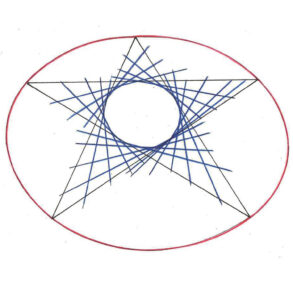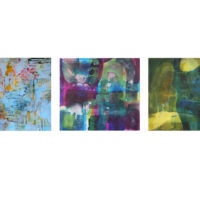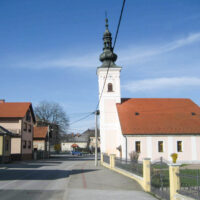In the district where our counseling center is located and which we are responsible for—a so-called social hot spot in Dortmund with a high proportion of migrants—there are public places where young men regularly gather.
In my example, they are young people who have immigrated with their parents from the former Soviet Union. […] There are several such places, and what they have in common is this: they are ‘corners.’ The space is public and hidden at the same time. The people gathering seem to demonstrate this—to themselves and others—by not looking at each other when they arrive. As if there is a shyness or almost shame in crossing the threshold into another space, as if it is a matter of leaving personal intimacy to enter a higher intimacy together.
Source Mathias Wais: Wie Entstehen Kult-Orte heute?: From: “Urlich Meier, Christentum in Entwicklung”, p. 251.
Translation Eliza Rozeboom
Graphic Sofia Lismont









